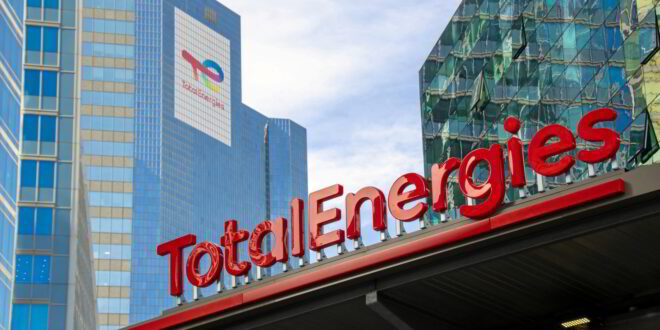The Tyra gas field on Denmark’s side of the North Sea has restarted production, having been shut 2019 for redevelopment, operator TotalEnergies SE said.
“At plateau, the Tyra hub will produce 5.7 million cubic meters [201.3 billion cubic feet] of gas and 22,000 barrels of condensate per day, once again making Denmark self-sufficient and a net exporter of natural gas”, the French energy giant said in a news release.
With the field closed September 2019, the joint Denmark-Sweden gas market had to complement supply in Danish storage facilities with imports from Germany and Poland during the interruption, according to information from the Danish gas and power transmission operator Energinet.
“We are pleased to restart the Tyra hub, one of the most technologically advanced offshore gas installations in the world… The new Tyra leverages state-of-the-art digital solutions and technological innovations to produce more efficiently and with 30 percent lower greenhouse gas emissions than the former facilities”, TotalEnergies president for exploration and production Nicolas Terraz said in a statement.
The new Tyra production facility has eight new platforms, two jackets and six bridges, with 98.5 percent of materials from the old hub reused or recycled, according to TotalEnergies.
Gas from Tyra is distributed to Europe via two pipelines to Nybro, Denmark, and Den Helder, Netherlands, TotalEnergies said.
Denmark’s richest gas field, the Tyra project has for decades processed 90 percent of gas produced in the Nordic country, according to TotalEnergies. It started production 1984. Sitting 225 kilometers (139.8 miles) off the west coast of Denmark, Tyra was discovered by Maersk Oil 1968.
TotalEnergies owns a 43.2 percent operating stake in the project. BlueNord ASA holds 36.8 percent while Nordsøfonden has the remaining 20 percent.
“The redevelopment of Tyra ensures continued production from Denmark’s largest gas field, and will protect the supply of gas to Danish and Swedish consumers”, Energitnet says on its website.
Effective April 2019 Denmark and Sweden merged their gas markets through the Joint Balancing Zone, aimed at improving the efficiency of cross-border energy trade and harmonizing balancing procedures.
During the years that gas stopped from Tyra the two neighbors initially relied on North Sea gas imported from Germany before turning to Poland through the Baltic Pipe. “From October 2022 Norwegian gas through the Baltic Pipe connection and biogas are the primary sources of gas supply”, Energinet says on its website.
Put onstream at full capacity November 2022, the Baltic Pipe, a collaboration between Energinet and Poland’s Gaz-System SA, transported 6.3 billion cubic meters (222.5 billion cubic feet) of gas from Norway to Poland in its first year, Energinet said in a news release December 18. It has a designed capacity of 10 billion cubic meters (353.1 billion cubic feet) annually.
Before Tyra closed, Denmark had more gas exports than gas imports—57,669 terajoules (TJ) versus 14,523 TJ in 2018, according to data from the Danish Energy Agency.

 Iran Energy News Oil, Gas, Petrochemical and Energy Field Specialized Channel
Iran Energy News Oil, Gas, Petrochemical and Energy Field Specialized Channel



